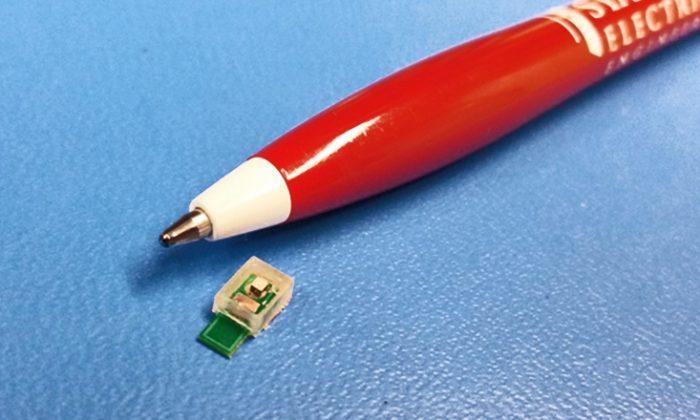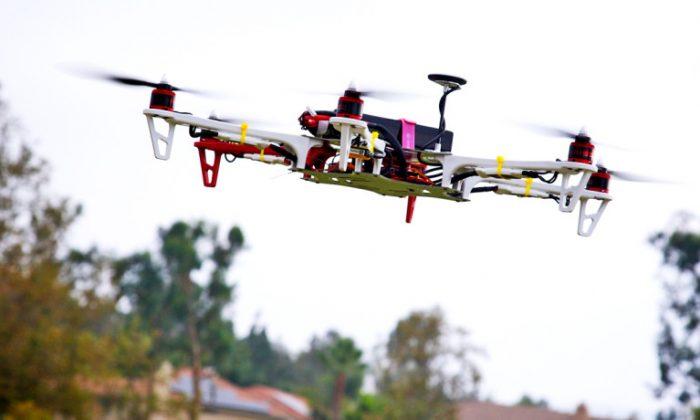Researchers would like to place very small implants deep inside our bodies to monitor health or treat pain. But providing electric power to implants without wires or batteries has been a big obstacle.
Now, engineers are developing a way to send power—safely and wirelessly—to “smart chips” programmed to perform medical tasks and report back the results.
The approach involves beaming ultrasound at a tiny device inside the body designed to do three things: convert the incoming sound waves into electricity, process and execute medical commands, and report the completed activity via a tiny built-in radio antenna.
“We think this will enable researchers to develop a new generation of tiny implants designed for a wide array of medical applications,” says Amin Arbabian, assistant professor of electrical engineering at Stanford University.
Arbabian’s team recently presented a working prototype of this wireless medical implant system at the IEEE Custom Integrated Circuits Conference in San Jose, California.
Tiny, Wireless Nodes
The researchers chose ultrasound to deliver wireless power to their medical implants because it has been safely used in many applications, such as fetal imaging, and can provide sufficient power to implants a millimeter or less in size.
Now, Arbabian and his colleagues are collaborating with other researchers to develop sound-powered implants for a variety of medical applications, including studying the nervous system and treating the symptoms of Parkinson’s disease.
“Tiny, wireless nodes such as these have the potential to become a key tool for addressing neurological disorders,” says Florian Solzbacher, professor of electrical and computer engineering at University of Utah and director of its Center for Engineering Innovation.
Powered by Piezoelectricity
The implant chip is powered by piezoelectricity, which is electricity caused by pressure.
In a piezoelectric material, pressure compresses its molecular structure much like a child jumping on a bed compresses the mattress. When the pressure abates, the piezoelectric material’s molecular structure, like the mattress, springs back into shape.
Every time a piezoelectric structure is compressed and decompressed a small electrical charge is created. Researchers created pressure by aiming ultrasound waves at a tiny piece of piezoelectric material mounted on the device.
“The implant is like an electrical spring that compresses and decompresses a million times a second, providing electrical charge to the chip,” says Marcus Weber, who worked on the team with fellow graduate students Jayant Charthad and Ting Chia Chang.
The piezoelectric effect is the power delivery mechanism. In the future, the team plans to extend the capabilities of the implant chip to perform medical tasks, such as running sensors or delivering therapeutic jolts of electricity right where a patient feels pain.
Finally, the “smart chip” contains a radio antenna to beam back sensor readings or signal the completion of its therapeutic task.
Smaller and Smaller
The current prototype is the size of the head of a ballpoint pen. Researchers hope to design a next-generation implant one-tenth that size. The goal is to produce smaller devices that could be used to create a network of electrodes to study the brains of experimental animals in ways not currently possible.
“US and European brain initiatives are pushing for a more complete understanding of the central nervous system,” Solzbacher says. “This requires being able to interface with cells using arrays of micro implants across the entire 3D structure of the brain.”
Arbabian’s team wants to test many other applications using this basic technology to wirelessly power small implants deep inside the body.
“Many biosensing and stimulation applications require small, deep medical implants,” he says. “We believe our platform provides the recipe for building small devices that can be powered wirelessly and programmed to perform a wide array of tasks.”
Source: Stanford University. Republished from Futurity.org under Creative Commons License 3.0.




